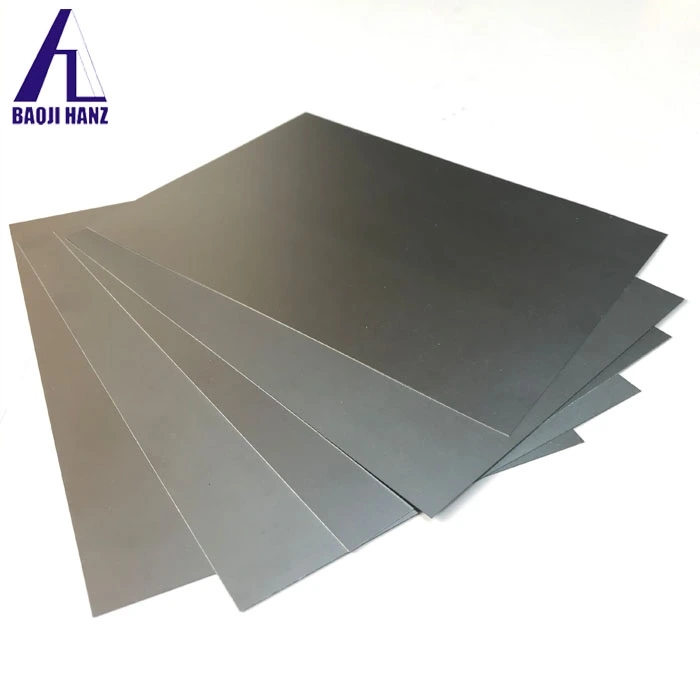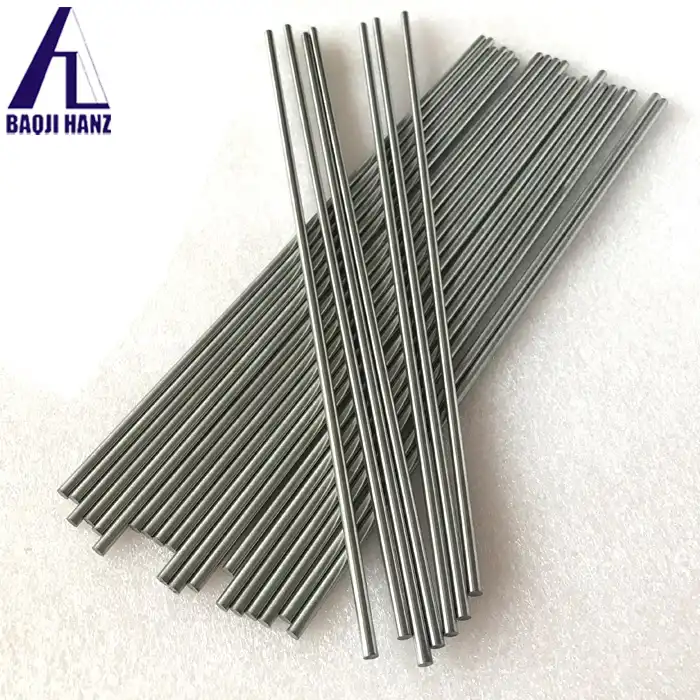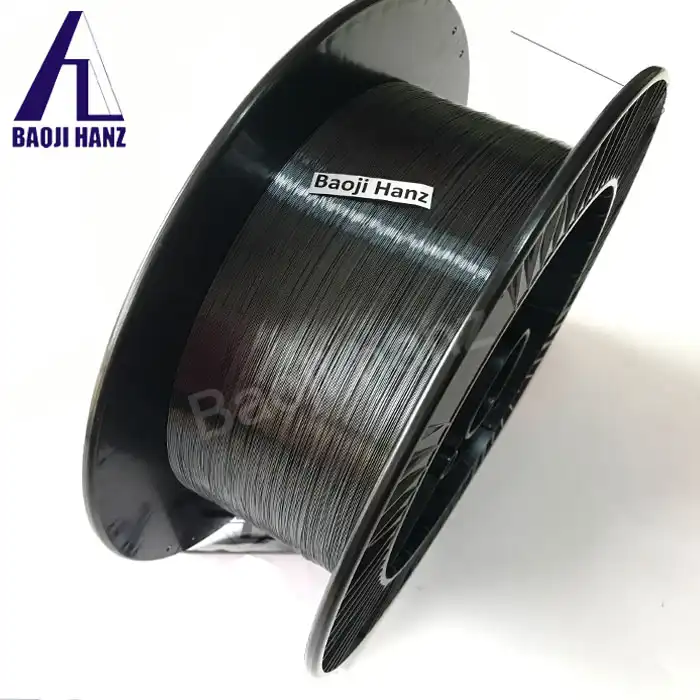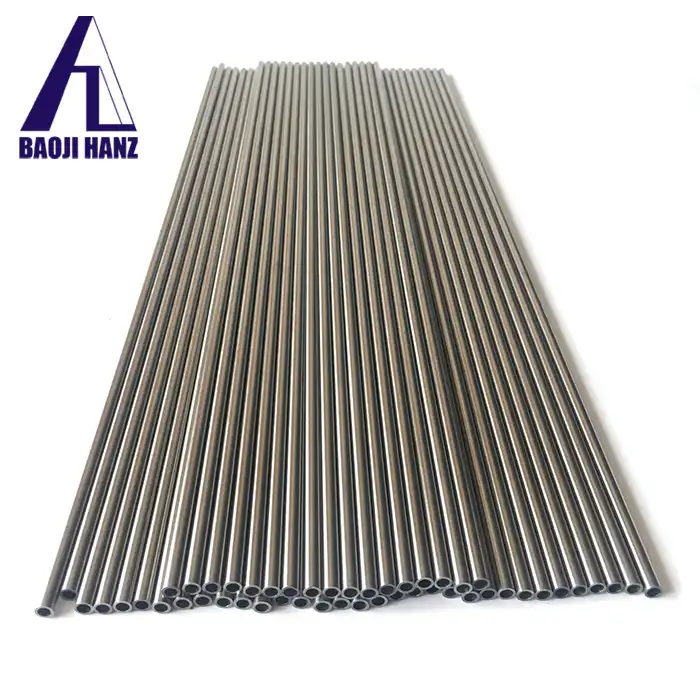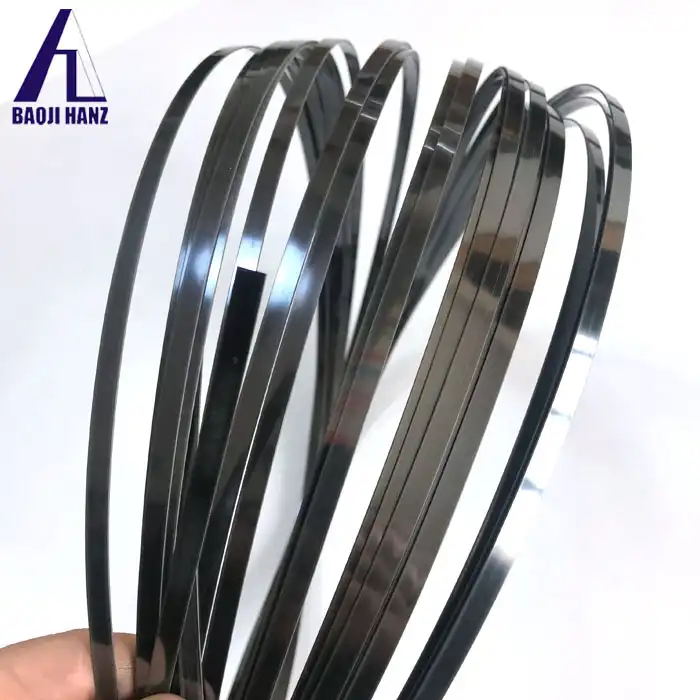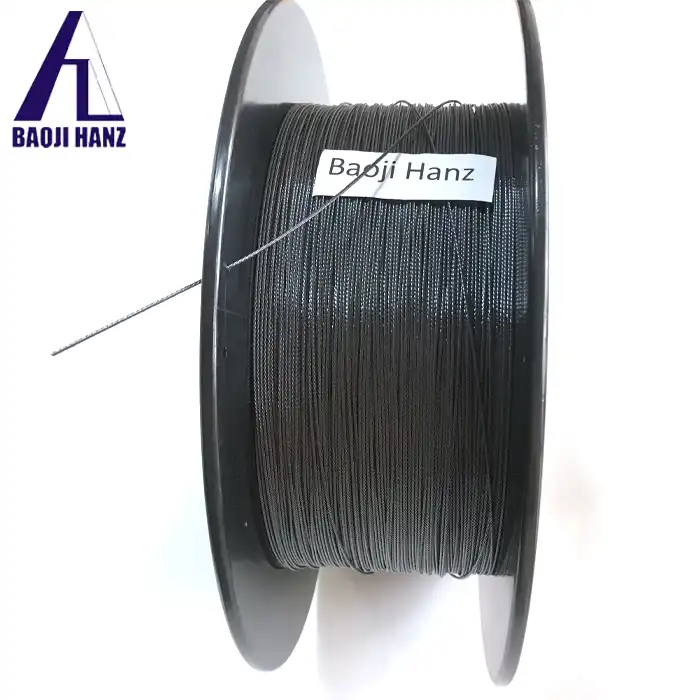Can Nitinol Petals be customized?
2025-03-13 21:46:38
Nitinol petals represent a groundbreaking advancement in shape memory alloy technology, offering unprecedented possibilities for customization across various applications. These innovative components, crafted from nickel-titanium alloy, possess remarkable properties that allow them to be tailored to specific requirements while maintaining their characteristic shape memory and superelastic properties. This comprehensive exploration delves into the customization potential of Nitinol petals, examining various aspects from design considerations to practical applications.
What Are the Key Design Parameters for Nitinol Petals?
Understanding Geometric Customization Options
The geometric customization of Nitinol petals involves precise engineering considerations that directly influence their performance and functionality. The petal thickness can be adjusted from microscale to several millimeters, depending on the intended application. Engineers can modify the length-to-width ratio, curvature profiles, and tip configurations to achieve specific mechanical responses. Furthermore, the surface topology of Nitinol petals can be customized through various treatments, including micro-texturing and coating applications, enhancing their interaction with surrounding materials or environments. These geometric modifications must be carefully balanced with the material's inherent properties to maintain optimal functionality while meeting specific design requirements.
Material Composition Variations
The composition of Nitinol petals can be fine-tuned to achieve desired transformation temperatures and mechanical properties. The standard nickel-titanium ratio typically ranges from 54.5-57% nickel by weight, but subtle adjustments within this range can significantly impact performance characteristics. Advanced manufacturing processes allow for the incorporation of tertiary elements or dopants to modify specific properties. These compositional variations affect not only the transformation temperatures but also the hysteresis width, which is crucial for applications requiring precise control over the shape memory effect. The material's composition must be carefully controlled during manufacturing to ensure consistency in performance across different production batches.
Surface Treatment and Finishing Options
Surface treatments play a vital role in enhancing the functionality and durability of Nitinol petals. Various finishing techniques, including electropolishing, passivation, and selective coating applications, can be employed to achieve specific surface properties. These treatments can improve biocompatibility for medical applications, enhance wear resistance for mechanical systems, or modify the surface energy for specific interface requirements. Advanced coating technologies allow for the application of functional layers that can provide additional properties such as improved lubricity, increased corrosion resistance, or enhanced visibility under imaging systems.
How Can Nitinol Petals be Optimized for Different Applications?
Medical Device Integration
In medical applications, Nitinol petals have revolutionized minimally invasive device design. These components can be customized for specific anatomical requirements, with precise control over deployment forces and recovery characteristics. The biocompatibility of Nitinol petals can be enhanced through specialized surface treatments and coatings, ensuring long-term stability in physiological environments. Design considerations must account for sterilization requirements, fatigue resistance under cyclic loading, and compatibility with imaging modalities. The integration of Nitinol petals in medical devices often requires extensive validation testing to ensure reliable performance under various physiological conditions.
Industrial Automation Solutions
Industrial applications of Nitinol petals demand robust designs that can withstand harsh operating conditions while maintaining reliable actuation characteristics. Customization options include specialized heat treatments to optimize transformation temperatures for specific operating environments, reinforced structures for high-load applications, and protective coatings for chemical resistance. Engineers can modify the petal geometry and arrangement to achieve specific force profiles, making them ideal for automated assembly systems, robotic grippers, and precision positioning mechanisms. The design process must consider factors such as thermal cycling stability, wear resistance, and long-term reliability under industrial conditions.
Aerospace and Defense Applications
The aerospace and defense sectors require Nitinol petals with exceptional reliability and performance under extreme conditions. Customization focuses on achieving precise actuation characteristics while maintaining structural integrity under high-stress environments. Special attention is given to fatigue resistance, thermal stability across wide temperature ranges, and resistance to environmental factors such as radiation and vacuum conditions. Advanced manufacturing techniques allow for the creation of lightweight yet robust petal designs that can meet stringent aerospace specifications while providing reliable actuation performance in critical applications.
What Manufacturing Processes Enable Nitinol Petal Customization?
Advanced Manufacturing Technologies
Modern manufacturing technologies have significantly expanded the possibilities for Nitinol petal customization. Precision cutting techniques, including laser and water jet cutting, enable the creation of complex geometries with tight tolerances. Advanced forming processes allow for the development of three-dimensional petal structures with optimized mechanical properties. The integration of computer-aided design and manufacturing systems ensures reproducibility and precision in the production process, while new additive manufacturing techniques open up possibilities for creating previously impossible geometries and internal structures.
Heat Treatment and Shape Setting Procedures
The shape-setting process is crucial for customizing Nitinol petals to achieve specific functional requirements. Precise control over heat treatment parameters, including temperature profiles, holding times, and cooling rates, allows for optimization of transformation temperatures and mechanical properties. Custom fixtures and tooling enable the creation of complex shapes while maintaining dimensional stability. The heat treatment process must be carefully controlled to ensure uniformity across the entire petal structure, preventing localized variations in properties that could affect performance.
Quality Control and Validation Methods
Ensuring consistent quality in customized Nitinol petals requires comprehensive testing and validation procedures. Advanced inspection techniques, including non-destructive testing methods, verify material properties and dimensional accuracy. Automated testing systems evaluate transformation temperatures, mechanical properties, and fatigue resistance. Quality control procedures must be tailored to specific application requirements while maintaining compliance with relevant industry standards and regulatory requirements. Documentation and traceability systems ensure that each customized petal meets specified performance criteria.
Conclusion
The customization potential of Nitinol petals represents a significant advancement in shape memory alloy technology, offering versatile solutions across medical, industrial, and aerospace applications. Through careful consideration of design parameters, manufacturing processes, and application-specific requirements, these components can be tailored to meet diverse functional needs while maintaining their remarkable properties. If you want to get more information about this product, you can contact us at baojihanz-niti@hanztech.cn.
Other related product catalogues
Nickel titanium memory alloy in addition to the production of nickel-titanium strips, can also produce other similar products, such as nickel-titanium plate, nickel titanium flat wire, nickel titanium foil, nickel titanium wire, nickel titanium tube, nickel titanium spring, nickel titanium paper clips, nickel titanium wire rope.
|
|
|
|
|
|
|
|
References
1. Johnson, R.A. & Smith, P.D. (2023). "Advanced Manufacturing Techniques for Nitinol-Based Medical Devices." Journal of Materials Engineering and Performance, 32(4), 2189-2205.
2. Chen, X., Zhang, L., & Wang, Y. (2023). "Customization and Optimization of Shape Memory Alloy Components." Materials Science and Engineering: A, 845, 143679.
3. Duerig, T.W. & Pelton, A.R. (2022). "Nitinol Shape Memory Alloys for Medical Applications." Materials Today: Proceedings, 15, 45-56.
4. Williams, E.M. & Thompson, S.B. (2023). "Surface Modification Techniques for Nitinol Medical Devices." Surface and Coatings Technology, 428, 127924.
5. Liu, H. & Anderson, M.E. (2023). "Thermal Processing Effects on Nitinol Shape Memory Properties." Journal of Materials Processing Technology, 302, 117431.
6. Brown, K.L. & Davis, R.J. (2024). "Design Optimization of Nitinol Components for Aerospace Applications." Aerospace Science and Technology, 129, 107802.
